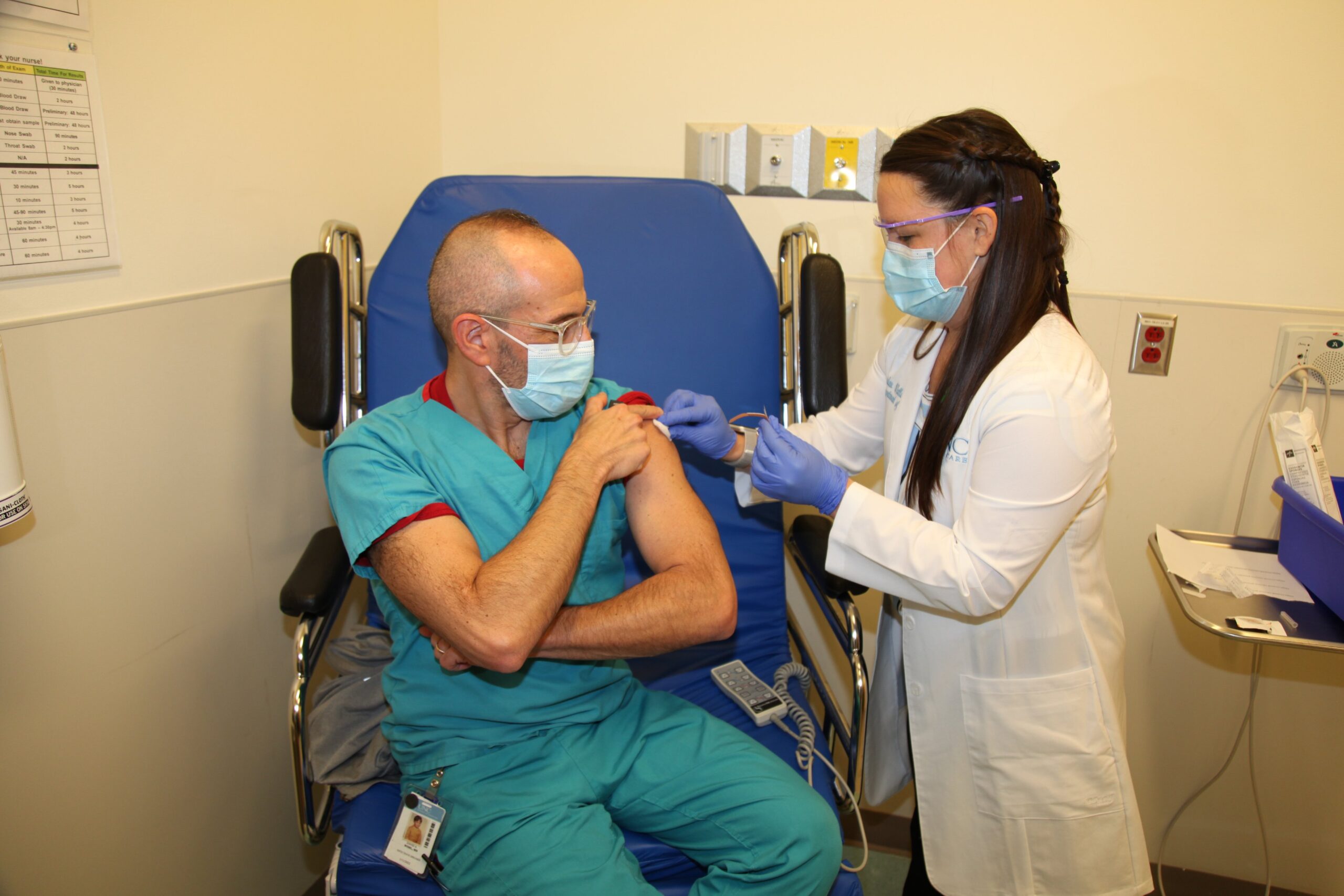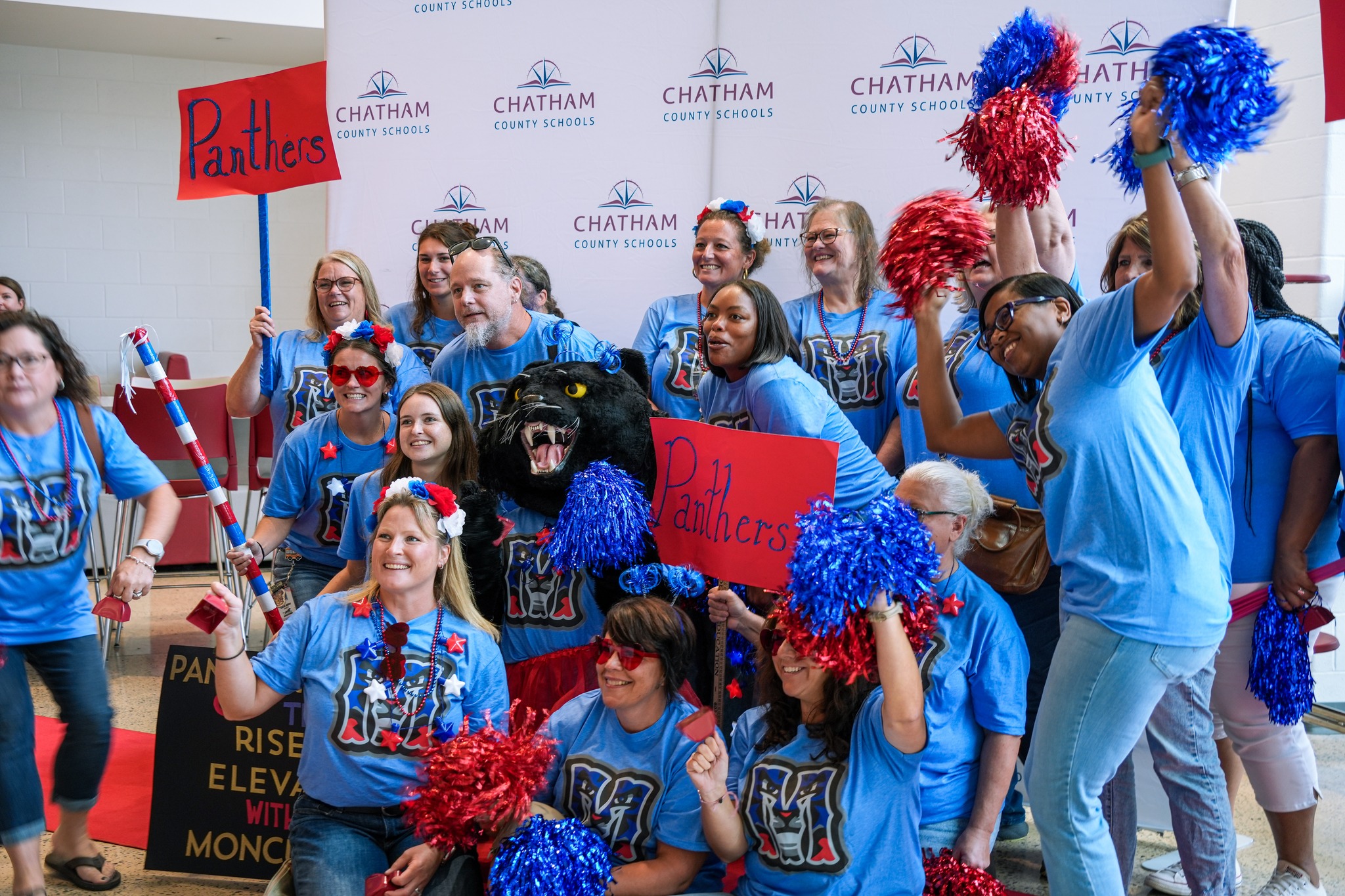The U.S. Department of Health and Human Services recently announced the cut of roughly $500 million worth of contracts for mRNA research and vaccine development for emerging pathogens. It comes after the agency also canceled $600 million for similar vaccine development against bird flu.
The moves set off a series of warnings from infectious disease scientists, who argue the mRNA techniques – which were used for COVID-19 vaccines – better position public health for such threats.
In the Aug. 5 announcement of plans to terminate 22 vaccine development contracts, U.S. Health Secretary Robert F. Kennedy Jr. said his agency’s review concluded the use of mRNA “poses more risk than benefits” and he wants to instead focus on “safer, broader” vaccine strategies.
“Most of these shots are for flu or COVID,” said Kennedy in the video. “But as the pandemic showed us, mRNA vaccines don’t perform well against viruses that infect the upper respiratory tract. Here’s the problem: mRNA only codes for a small part of the viral proteins, usually a single antigen. One mutation, and the vaccine becomes ineffective.”
Kennedy argued because of that, the method encourages mutations and prolongs pandemics – pointing to the antigenic shift seen in adaptable viruses. Scientists and infectious disease experts, however, say the mRNA approach allows for vaccines to be similarly adaptable and raises the floor of how protected one can be against long-standing illnesses like COVID-19 or influenza.
One of those experts is Dr. David Wohl, who leads the Infectious Diseases Clinical Trials Unit at UNC and coordinated UNC Health’s response to the COVID-19 pandemic. Wohl maintains using mRNA development allows researchers to remain “nimble and flexible” to emerging viruses or mutations, while calling the method “revolutionary” compared to the older practice of incubating virus proteins in cells before an injection. mRNA is something already in the human body and encourages cells to make certain proteins.
In the case of vaccines, Wohl described, using mRNA of a virus allows for that germ’s proteins to be mimicked and increases the body’s ability to recognize and fight that virus without ever being directly exposed.
“What if we ask some of the cells in the body, ‘Why don’t you make that protein, that part of the germ, make it just for a temporary period of time and let your body respond to that protein as it’s made,’” he said. “I think of it more like a Snapchat message – it comes, and it disappears, but for a period of time, your body is making a little part of the COVID-19 virus. Your body sees it, and that way you’re primed to respond if you ever get the real virus inside your body.”

Dr. David Wohl (seated) receives his COVID-19 vaccine in Dec. 2020 at the UNC Health hospital in Hillsborough, becoming the first person at the facility to receive the vaccine. (Photo via UNC Health on X.)
Wohl alluded to how Kennedy’s comments are the latest in a string of sentiments shared by the health secretary that fuel vaccine hesitation if not vaccine skepticism. He said the use of mRNA approaches is what spurred the rapid creation of the COVID-19 vaccines – and while the technology is newer, it has proven to be safe and not given someone the virus it is coded to attack.
“Secretary Kennedy didn’t produce a video that said, ‘Here’s the data, here’s what I’m worried about, here’s the trends,’” Wohl said. “We didn’t see that. What we saw was a feeling [about mRNA methods]. And I think this is really a meme-based, social media-based feeling that is generating this anxiety and this push against mRNA technology.
“I just think this is part of a bigger picture without there being really clear, rational basis,” he added.
Wohl said despite lacking long-term data on mRNA vaccines, the scale of which they were administered during the pandemic displays both their effectiveness and general safety. The infectious disease scientist argued there is no “smoking gun” vaccine skeptics could point to because of how widespread the COVID-19 vaccines became while cutting down the virus’ death rate.
“The testing ground, the proving ground, for these vaccines has been our planet,” he said. “We’ve got so many people who have been vaccinated, and we’re not seeing that signal [of something’s dangerous.] And you could look at rare cases, very rare cases, of something adverse that happened…but that’s like throwing out penicillin because some people have a severe allergic reaction.”

This August 2022 photo provided by Pfizer shows vials of the company’s updated COVID-19 vaccine during production in Kalamazoo, Mich. Both Pfizer and Moderna, the manufacturers behind the initial COVID-19 vaccines, used mRNA research and cell development for their products. (Photo via Pfizer and via the Associated Press.)
With the federal health department defunding mRNA contracts and deprioritizing the research method, Wohl said he is concerned about losing the choice for vaccine development – and signaling a shift away from vaccines writ large as a public health strategy. He said Kennedy’s administration has made moves to limit insurance coverage for mRNA vaccines for children or pregnant women, which would create more barriers getting the shots and risk more adverse outcomes.
It also increases the risk of not being prepared for the next infectious disease discovered or ones that mutate to affect humans. Wohl said humanity has been “very fortunate” that COVID-19’s variants are similar to the original pathogen, meaning the booster shots and vaccines are largely still effective. He also pointed to the infectious bird flu – which has been limited to individual cases of humans catching it from animals. But if it mutates and mRNA research is not easily available to find a vaccine, Wohl said the scientific community and world could face severe challenges until one is developed.
“If that virus picks up attributes that allow it to spread from person to person, then we’re in trouble,” he said of bird flu. “And we need to have vaccines that can be scaled up readily – and that virus evolves too. Again, it’s taking a technology and disregarding it without really valid reasons – and we should be really careful about doing that. This is a valuable, revolutionary technique.
“Anything new can be scary,” Wohl added, “but that doesn’t mean that there’s anything wrong with it. So, we have to learn about it, understand it…and I think as people learn about what it is and what it isn’t, they come to accept it.”
Chapelboro.com does not charge subscription fees, and you can directly support our efforts in local journalism here. Want more of what you see on Chapelboro? Let us bring free local news and community information to you by signing up for our newsletter.









